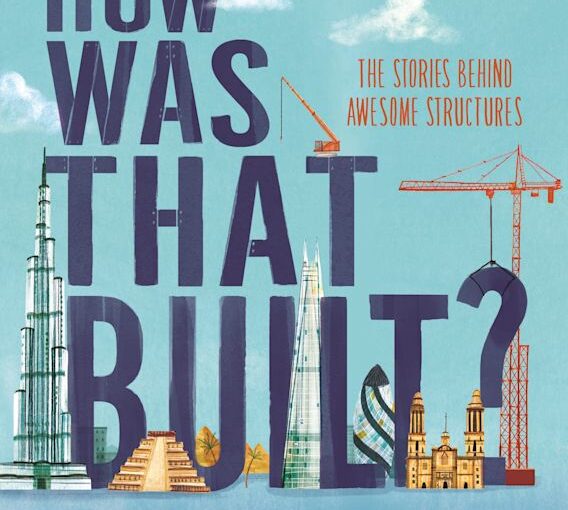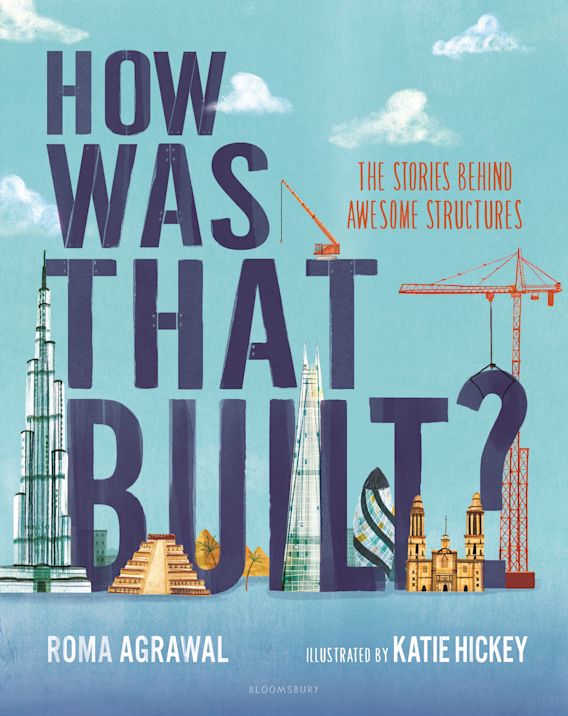A friend of ours is a nuclear scientist. Illustrated books are for children and present simple content or fairy tales for young readers. One of those statements is false.
Intelligent illustrated books are an excellent way to teach. They can present advanced content on a level that’s not intimidating to younger audiences, and maybe, just maybe, inspire someone to change the world.* How Was That Built?: The Stories Behind Awesome Structures is an illustrated book that wears its intelligence on its sleeve and is the sort of book that’ll answer questions, inspire curiosity, and plant architectural seeds that’ll bloom in two or three decades.
There’s a lot to admire about How Was That Built?, but the first thing that readers will notice is the thickness of its pages. You expect some pages to open up to a gatefold presentation, but they don’t. Instead, the weight of the pages adds to the overall impression and awe that the book puts forth. Granted, part of the intimidation factor that the book puts forth is that you do not know the content, yet it’s being delivered is a package that feels familiar, almost juvenile.
The text is written at a level where some fourth graders, but all fifth-grade students should be able to read it. For example, they’ll be able to read about caissons, and how they’re essentially airtight rooms that are lowered into water so that pilings for bridges can be built. They’ll be able to read it, but actually conceptualizing and appreciating the magnitude, and the degree at how much change these buildings had on the world might be lost on those younger ages.
The chapters in the book include how to build tall, flat, strong, domes, watertight, moving things, and more. They’ll list some of the technological advances that needed to occur in each construction material in order for the structure to be safe and viable. Te Matau A Pohe, the bridge that connects New Zealand’s North Island to the South Island was built in an earthquake-prone region over the Hatea River that spans hundreds of feet. It had to be able to move so that ships could pass and needed to have some flexible space to accommodate the hundred or so movements that the ground encounters every year.
Those STEM-minded upper elementary school kids or those lower middle school students who want the written answers or are curious about the big structures around us will eat up How Was That Built? It’s insidiously clever and those kids, or their parents, will be hard-pressed to stop reading. Did you know that there’s a type of concrete that when mixed with bacteria found is able to fill in cracks automatically? The book certainly has the potato chip and cat video test element and gloriously fails it. Its quality and content make How Was That Built? as at-home in an elementary school library as an engineer’s office or an architect’s studio. The book won’t be for everyone because it is intelligent, but it’s always great to strive for more and fall slightly below the goal than to suppress the bar and match the goal.
How Was That Built? The Stories Behind Awesome Structures is by Roma Agrawal with illustrations by Katie Hickey and is available on Bloomsbury Children’s Books.
There are affiliate links in this post.






 Facebook
Facebook Twitter
Twitter Flickr
Flickr GooglePlus
GooglePlus Youtube
Youtube